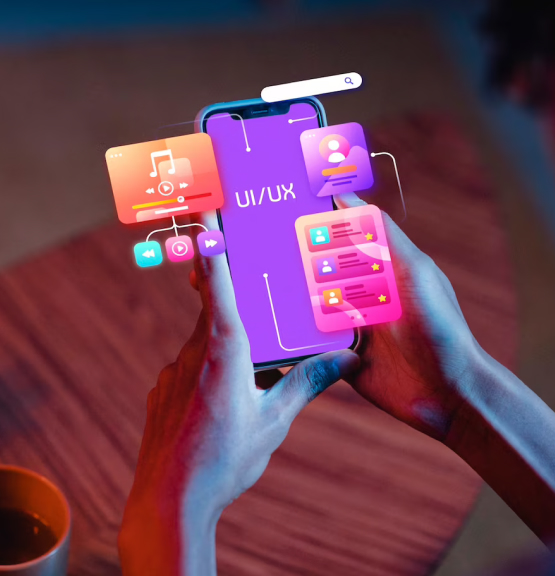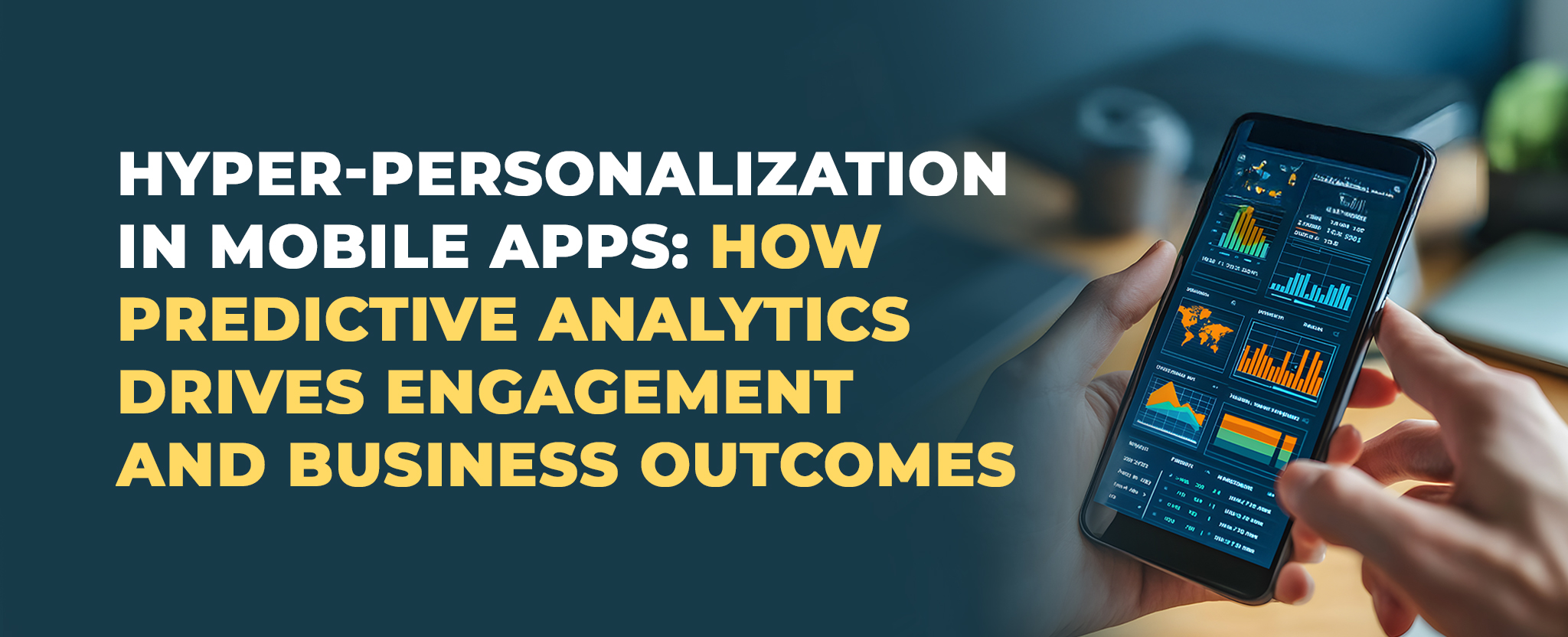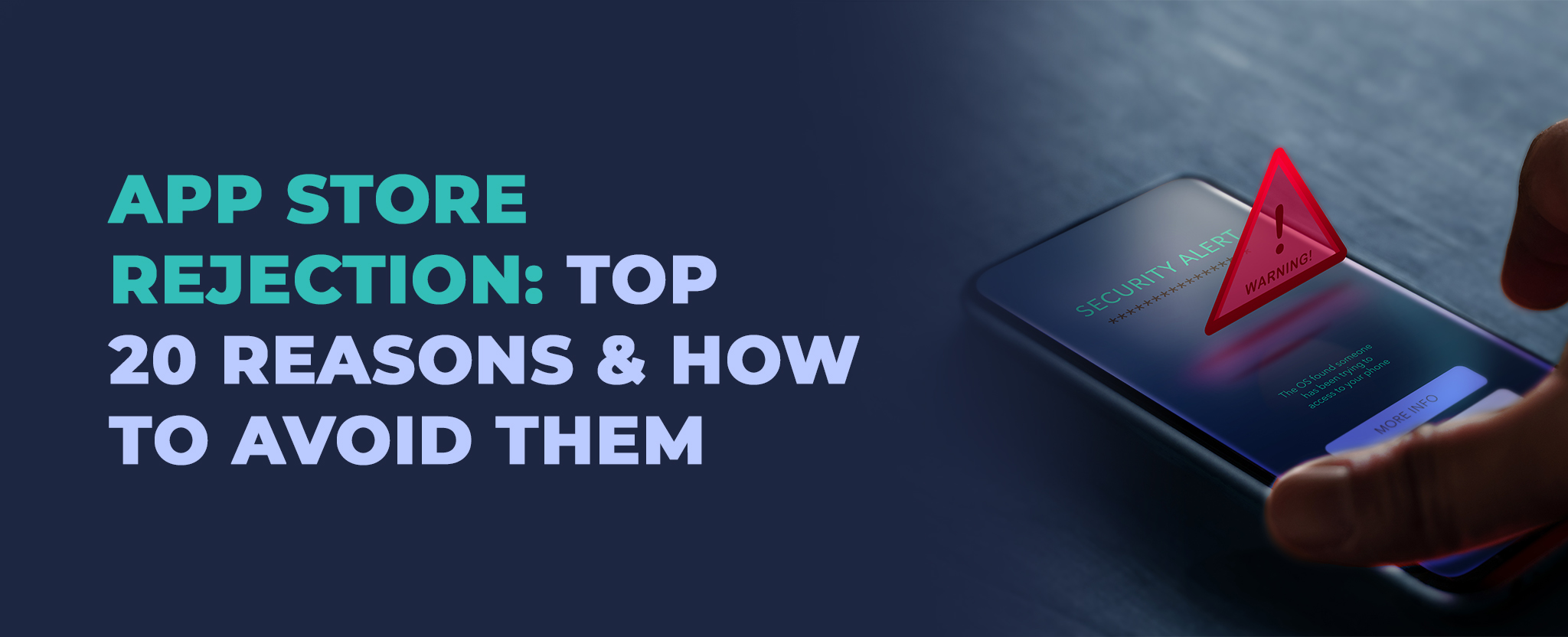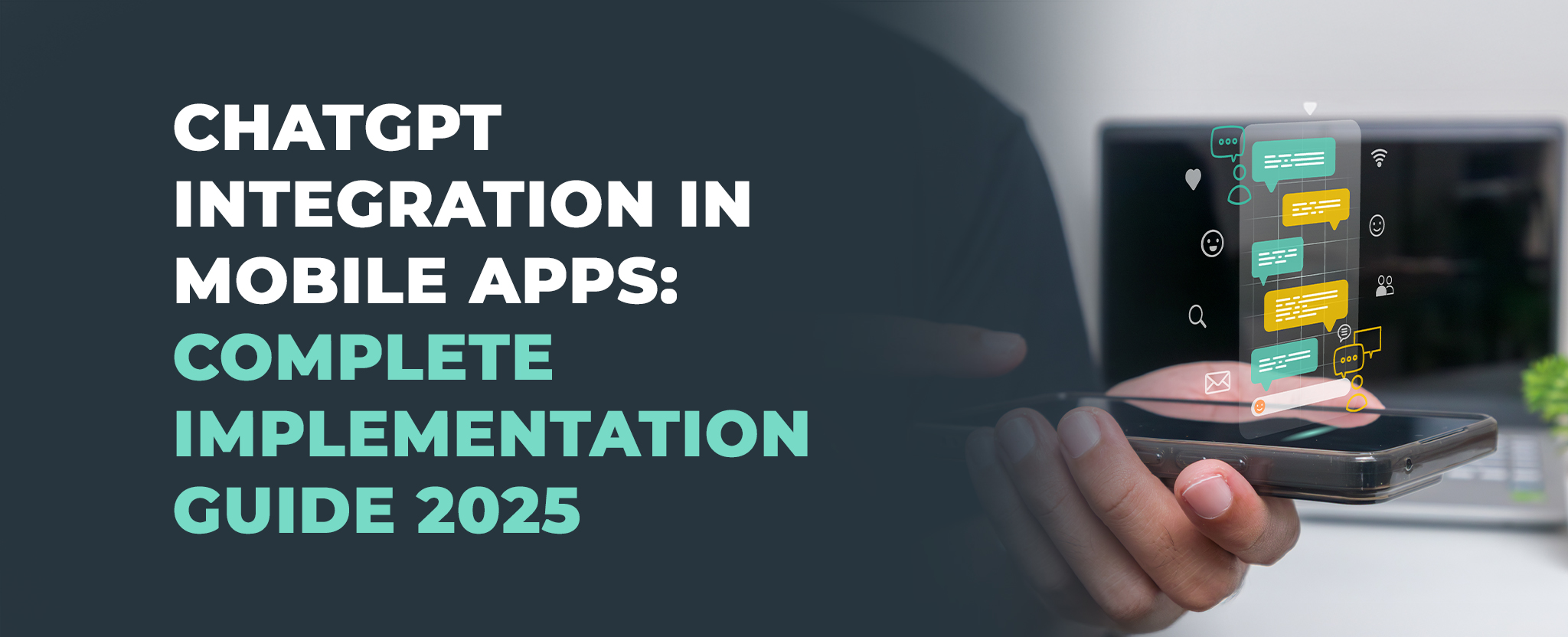Why Is It Important To Have A Mobile App For Your Restaurant?
21 Jun 25 


The restaurant industry has undergone a seismic shift in recent years. What once relied heavily on walk-in customers and phone orders has transformed into a digital-first ecosystem where restaurant mobile apps and online ordering systems have become the primary touchpoint between restaurants and their customers. The numbers tell a compelling story that every restaurant owner needs to understand about mobile app development and restaurant technology solutions.
Your Customers Have Already Gone Mobile
Over 60% of restaurant orders are now placed through mobile apps and online ordering platforms, fundamentally changing how customers interact with food service businesses. This isn’t just a trend—it’s the new reality of restaurant operations and digital transformation. The pandemic accelerated this shift toward contactless dining and mobile food ordering, but the underlying consumer behavior has permanently changed.
Research shows that 71% of consumers prefer restaurant-specific websites or mobile apps over third-party delivery platforms, indicating a clear preference for direct engagement with restaurant brands rather than going through intermediary platforms. This preference for branded restaurant apps creates significant opportunities for restaurant owners who invest in custom mobile app development.
Breaking Free from Third-Party Fee Structures
One of the most compelling reasons to develop your own mobile app is the devastating impact of third-party delivery fees on restaurant profits. The commission structure of major delivery platforms tells a sobering story:
Third-party delivery platforms typically charge commission rates of 15% to 30% of the order total. For a restaurant operating on thin margins, often between 3-5% net profit, these fees can be the difference between profitability and losses.
Let’s put this in perspective with real numbers. If your restaurant receives a $50 order through a third-party app charging 25% commission, you immediately lose $12.50 before factoring in food costs, labor, and overhead. On a $1,000 daily revenue through these platforms, you’re paying $250 in commission fees alone.
Many restaurants compensate by increasing prices 10%-15% on delivery platforms while keeping in-house pricing lower, but this creates a pricing disparity that can alienate customers when they discover the difference.
Here’s What You Keep When You Go Direct
The financial benefits of direct ordering through your own app become clear when you run the numbers. The global online food delivery market is projected to reach $1.91 trillion by 2029, with a compound annual growth rate of 7.88%. This represents an enormous revenue opportunity, but the question is whether restaurants will capture this value or surrender it to platform fees.
Consider a medium-sized restaurant with $500,000 in annual revenue. If 40% of orders ($200,000) come through third-party platforms at an average 25% commission, the restaurant pays $50,000 annually in fees. By redirecting even half of these orders to their own app, they could save $25,000—money that goes directly to the bottom line.
Stop Borrowing Your Customers
Mobile apps provide restaurants with something third-party platforms never will: direct access to customer data and relationships. When customers order through your app, you control the entire experience and can build lasting relationships.
Apps enable sophisticated loyalty programs that drive repeat business. Industry data shows that acquiring a new customer costs five times more than retaining an existing one. Your app becomes a direct marketing channel where you can:
- Send targeted promotions based on order history
- Notify customers about new menu items
- Reward frequent customers with exclusive offers
- Gather feedback to improve service quality
The personalization capabilities are particularly powerful. Apps can remember customer preferences, dietary restrictions, and favorite orders, creating a tailored experience that builds emotional connection to your brand.
Your Staff Can Actually Focus on Cooking
Digital ordering through mobile apps significantly improves operational efficiency. Phone orders, while traditional, are time-consuming and error-prone. During peak hours, staff members taking phone orders cannot focus on food preparation or in-person customer service.
Apps eliminate miscommunication issues that plague phone orders. When customers input their orders directly, there’s no risk of mishearing ingredients, quantities, or special instructions. This reduces food waste from incorrect orders and improves customer satisfaction.
The integration with kitchen display systems streamlines food preparation. Orders flow directly from the app to the kitchen, eliminating the need for staff to manually input information. This reduces wait times and allows for better kitchen workflow management.
Looking Professional Actually Matters
Digital marketing budgets for restaurants increased by an average of 32% year-over-year in 2024, indicating that successful restaurants are investing heavily in digital presence. Having a mobile app signals to customers that your restaurant is modern, tech-savvy, and focused on customer convenience.
This positioning is particularly important for attracting younger demographics who expect digital-first experiences. Over 51% of the population is expected to use meal delivery services in 2024, and these customers increasingly prefer brands that offer seamless digital experiences.
Finally Know What Your Customers Want
Your mobile app generates valuable analytics that can inform crucial business decisions. Unlike third-party platforms that provide limited data, your own app gives you complete visibility into:
- Peak ordering times and seasonal trends
- Most popular menu items and profit margins
- Customer acquisition and retention rates
- Geographic distribution of customers
- Average order values and frequency patterns
This data enables you to optimize menu offerings, adjust staffing levels, plan inventory more effectively, and identify opportunities for growth. The insights from your app can guide everything from menu engineering to marketing campaign timing.
Don’t Get Left Behind
The Restaurant Performance Index sits at 100.4 as of October 2024, with projected annual sales of $1.1 trillion representing 3.8% of the country’s GDP. The restaurant industry is growing, but the winners will be those who adapt to changing consumer preferences.
Mobile apps provide the foundation for emerging technologies like AI-powered recommendations, voice ordering, and predictive analytics. Restaurants with established mobile platforms can integrate these innovations seamlessly, while those relying solely on third-party platforms remain dependent on external development timelines.
Getting Started Doesn’t Have to Be Overwhelming
The transition to mobile app ordering requires careful planning. Start by analyzing your current order distribution and customer preferences. Many successful restaurants implement a phased approach, launching the app alongside existing ordering methods and gradually incentivizing app usage through exclusive promotions.
The investment in app development typically pays for itself within 12-18 months through reduced commission fees and increased customer retention. The key is choosing the right development partner who understands restaurant operations and can create an intuitive, reliable platform.
The Bottom Line
The question isn’t whether your restaurant needs a mobile app—it’s whether you can afford not to have one. Third-party apps traditionally charge restaurants a commission of 30% or more, making direct ordering through your own app a financial necessity rather than a luxury.
The restaurants thriving in today’s market are those that have taken control of their digital presence. They’ve reduced their dependence on expensive third-party platforms, built direct relationships with customers, and created efficient operational systems that scale with their growth.
Your mobile app isn’t just a ordering platform—it’s your direct line to customers, your most efficient operational tool, and your competitive advantage in an increasingly digital marketplace. The data is clear: restaurants with mobile apps are better positioned for long-term success than those without them.
The time to act is now. Every day without your own mobile app is another day of surrendering profits to platform fees and missing opportunities to build lasting customer relationships. In an industry where margins matter and customer loyalty drives success, a mobile app isn’t just important—it’s essential.
- Agentic AI1
- Android Development3
- Artificial Intelligence31
- Classified App3
- Custom App Development5
- Digital Transformation12
- Doctor Appointment Booking App14
- Dropshipping1
- Ecommerce Apps40
- Education Apps2
- Fintech-Apps37
- Fitness App4
- Flutter4
- Flutter Apps20
- Food Delivery App5
- Grocery App Development1
- Grocery Apps3
- Health Care10
- IoT2
- Loyalty Programs9
- Matrimony Apps1
- Microsoft1
- Mobile App Maintenance2
- Mobile Apps126
- Product Engineering6
- Progressive Web Apps1
- React Native Apps2
- Saas Application2
- Shopify9
- Software Development3
- Taxi Booking Apps7
- Truck Booking App5
- UI UX Design8
- Uncategorized6
- Web App Development1



















Comments